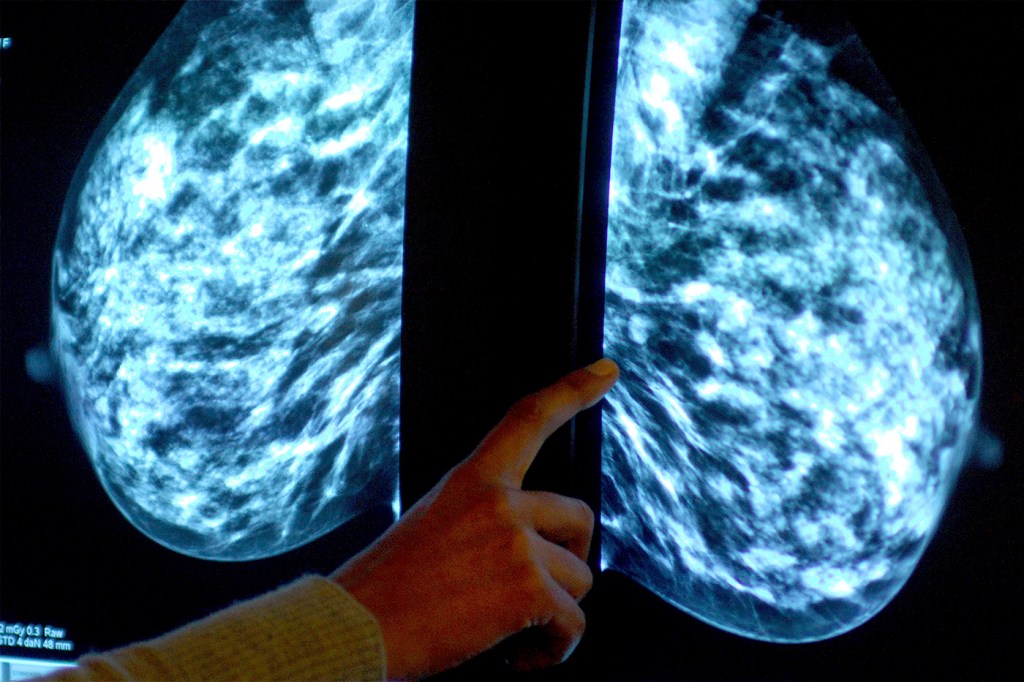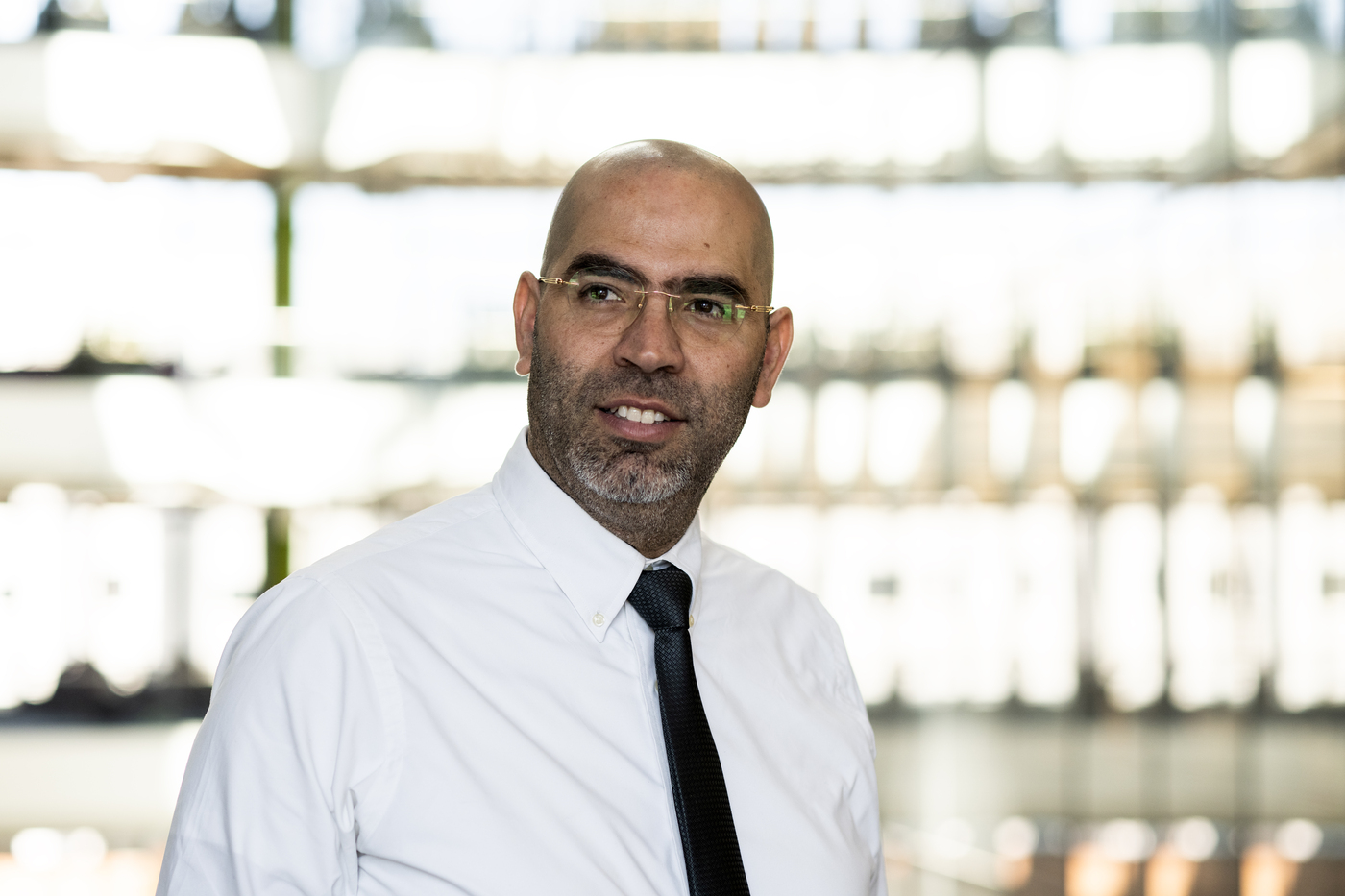Can AI help with breast cancer diagnoses? Northeastern researchers develop new system that is nearly 100% accurate

Earlier this year, Northeastern University researchers unveiled a web-based artificial intelligence tool designed to diagnose prostate cancer at a faster and more accurate rate.
Now, the same group, led by bioengineering professor Saeed Amal, has developed a new AI architecture designed to detect breast cancer that the researchers say has achieved an accuracy rate of 99.72%.
Breast cancer accounts for 30% of new female cancer cases each year, and in 2024, an estimated 42,500 women will die from it, according to the American Cancer Society.
Research on the findings was recently published in the journal Cancers.

These projects are part of a larger effort by Amal to create an online framework doctors can access to diagnose a range of cancers using these innovative AI technologies. Amal says the new tool will “redefine digital pathology.”
“The AI would look at the high-resolution images and would learn from historical data how to identify cancer patterns and perform diagnoses,” he says. “The AI can’t miss a tumor in the biopsy and won’t be exhausted after diagnosing 10 or 20 people.”
Ideally, this framework will enable doctors to not only treat patients more quickly and accurately, but also help with the development of new AI models that can be used to diagnose rare and uncommon cancers that lack a lot of patient data, he says.
For the breast cancer project, researchers took advantage of publicly available datasets containing images of malignant and benign breast tissue found on the Breast Cancer Histopathological Database.
With this data on hand, the team built an ensemble deep learning model that utilized various models for increasing the accuracy and reduction of error and trained them on the breast tissue image data, Amal says.
“It’s like taking the diagnosis of multiple doctors and you vote to pick the best decision,” he says.






